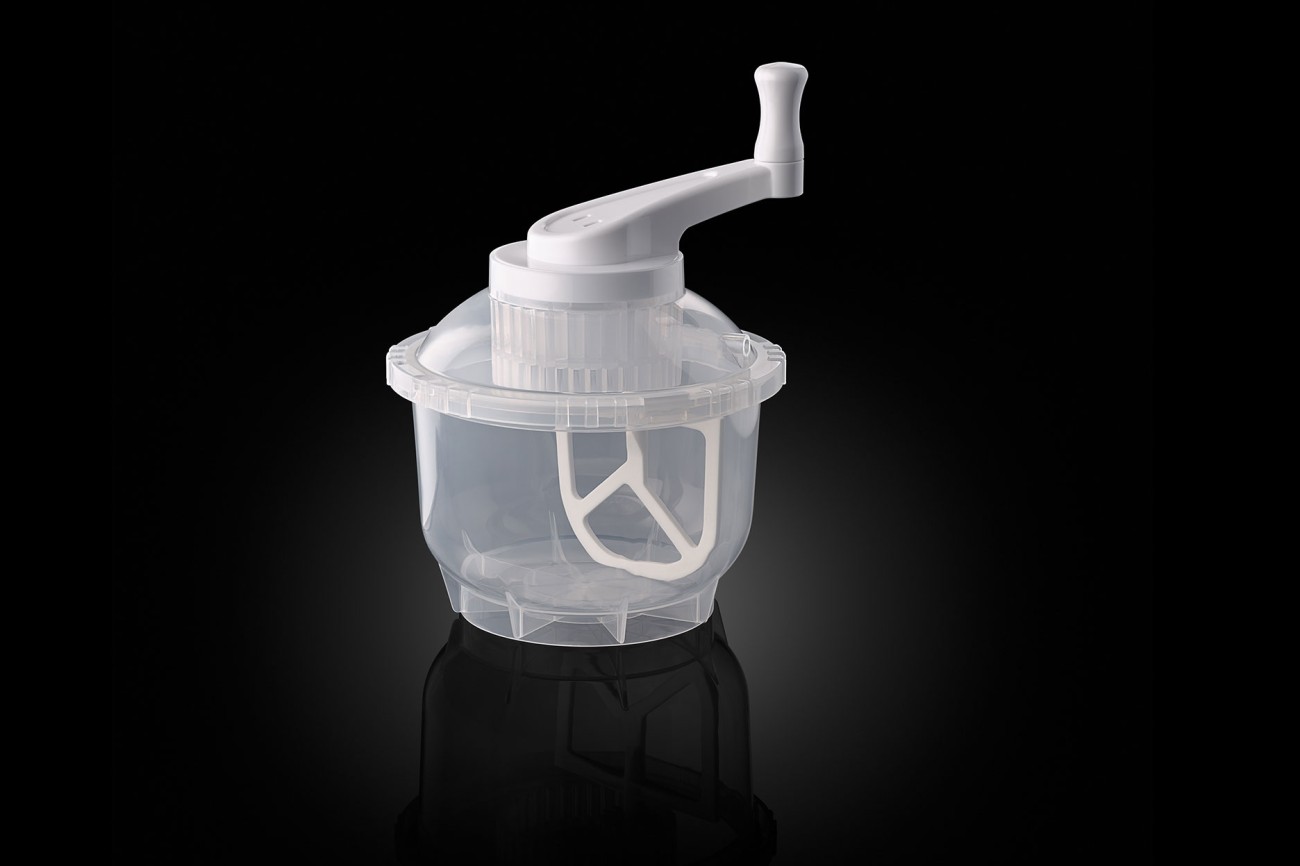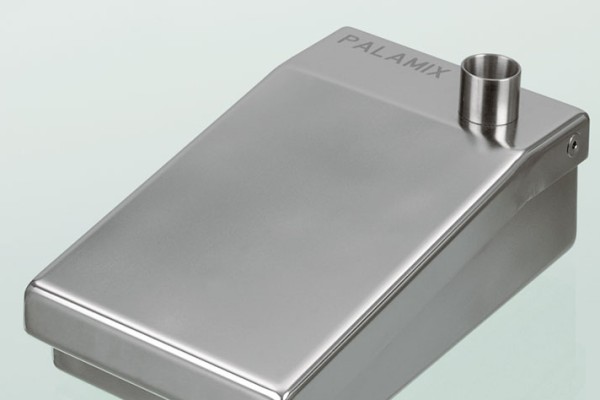A classic design, PALABOWL® allows for excellent visibility and monitoring of the bone cement mixing process and can accommodate high volumes of vacuum-mixed bone cement in one batch.
PALABOWL®: Vacuum Bowl Cement Mixing System
PALABOWL®: Designed for High Volume
Vacuum Bowl Mixing made Efficient and Effortless
The PALABOWL® vacuum mixing bowl allows for excellent visibility and monitoring of the blending process.
- Paddle design with rotating axis - allows for homogenous mixing of the bone cement, minimizing unmixed cement powder
- High capacity - PALABOWL® allows for mixing of up to three pouches (3x40) of bone cement at a time
- Spatula and curette match the contour of the bowl meaning cement can be removed from the bowl with virtually no waste
- Transparent material allows monitoring of the mixing process from any angle
- Integrated filters reduce MMA fumes to levels well below the limits of the health and safety guidelines
Air-induced porosity within the cement mantle can lead to a rapid propagation of fractures, weakening the cement mantle. A fractured and fragile cement mantle compromises the integrity of the interfaces, and therefore the survivorship of the implant1. Vacuum mixing reduces porosity, improves cement homogeneity, and strengthens the cement-implant interface2.
Conventional mixing has been shown to increase the likelihood of macrovoids by over 83%, and microvoids by 92%3. These increases of micro- and macrovoids (radiolucent lines under x-ray) have been linked to aseptic loosening in TKA4.
Conversely, vacuum mixing has been shown to decrease void area by 55.4% and increase cement density by 4.46%3, leading to stronger cement and increased overall survivorship.
1 Wang: the benefits of vacuum mixing, in breusch et.al. The well-cemented total hip arthroplasty. 1998; 108.
2 Wang: the benefits of vacuum mixing, in breusch et.al. The well-cemented total hip arthroplasty. 1998; 111.
3 Wilkinson JM, et al. Effect of Mixing Technique on the Properties of Acrylic Bone-Cement. J Arthroplasty 2000; 15(5): 664-7.
4 Hampton CB, et al. Aseptic Loosening at the Tibia in Total Knee Arthroplasty: a Function of Cement Mantle Quality? J Arthroplasty 2020; ePub Ahead of Print.




